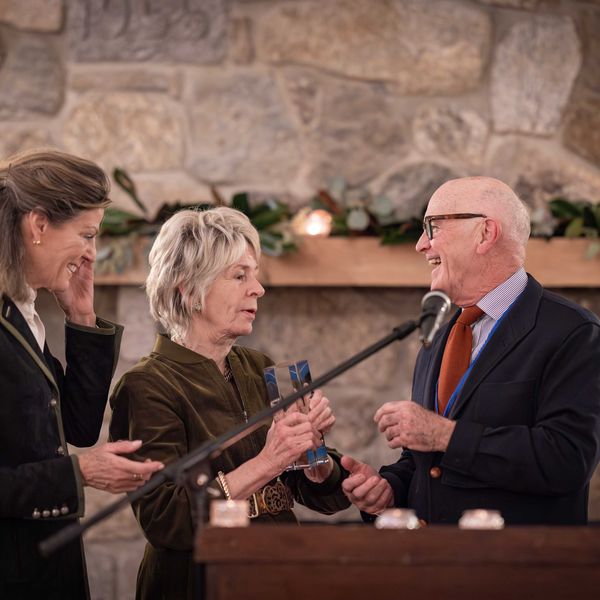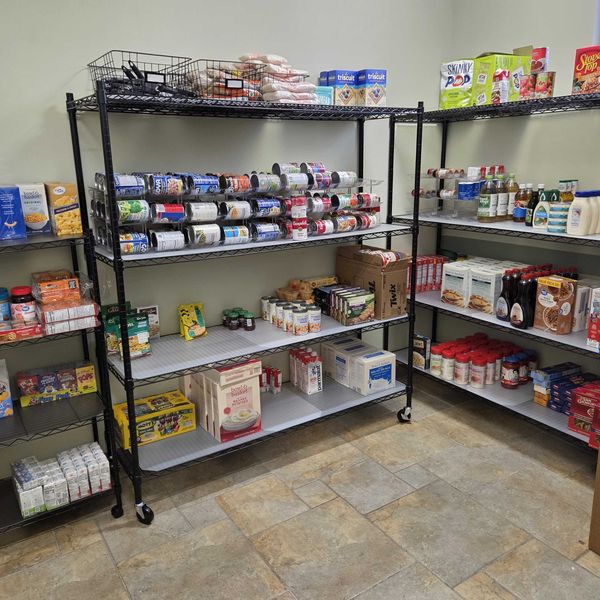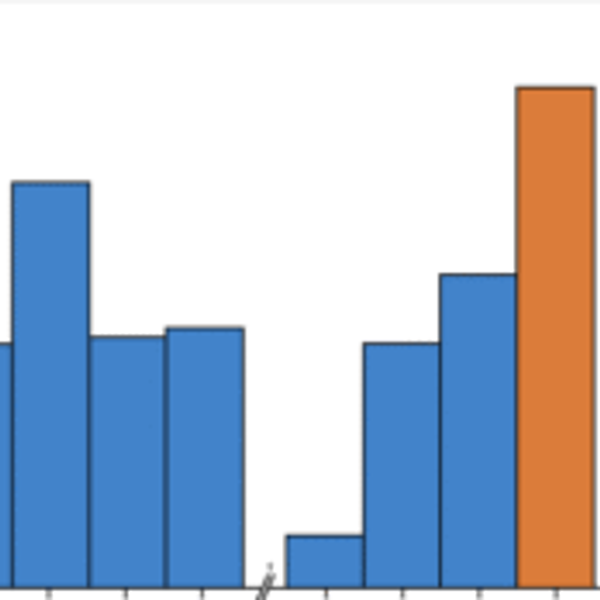Discovering the Secrets of a Summer Estate — Now That Autumn Has Arrived

The flowers are gone now at Topsmead State Forest in Litchfield, Conn., revealing the structures behind them. It’s a perfect time for a day trip. Photo by Debra A. Aleksinas

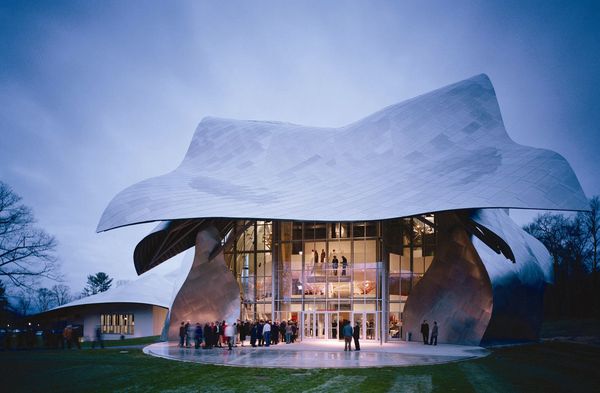



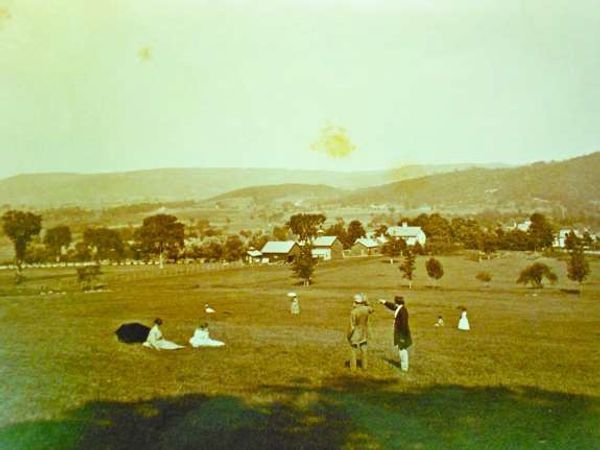

 GNH congratulates Tyler Roberts on an interception late in the Turkey Bowl.Photo by Riley Klein
GNH congratulates Tyler Roberts on an interception late in the Turkey Bowl.Photo by Riley Klein Esten Ryan runs into the end zone for a GNH touchdown Wednesday, Nov. 26.Photo by Riley Klein
Esten Ryan runs into the end zone for a GNH touchdown Wednesday, Nov. 26.Photo by Riley Klein The GNH defense held St. Paul to 73 total yards in the 2025 Turkey Bowl.
The GNH defense held St. Paul to 73 total yards in the 2025 Turkey Bowl.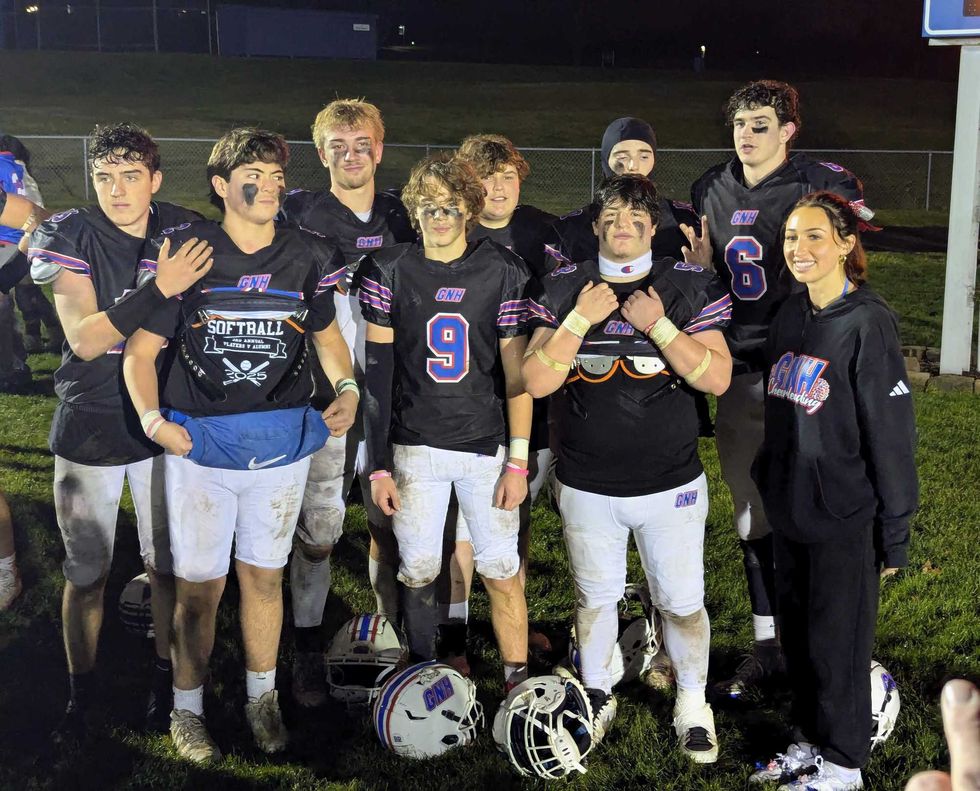 It was the last varsity football game for eight Housatonic Valley Regional High School seniors.Photo by Riley Klein
It was the last varsity football game for eight Housatonic Valley Regional High School seniors.Photo by Riley Klein

 Artist Katro StormNatalia Zukerman
Artist Katro StormNatalia Zukerman
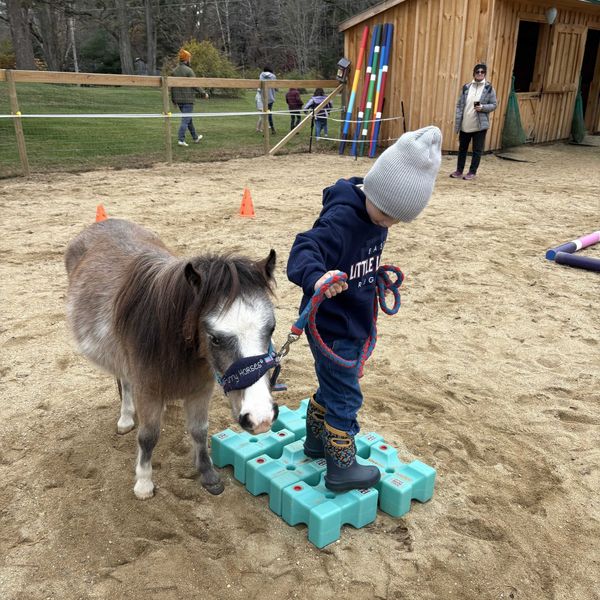 Child working with a miniature horse at Le Petit RanchMarjorie Borreda
Child working with a miniature horse at Le Petit RanchMarjorie Borreda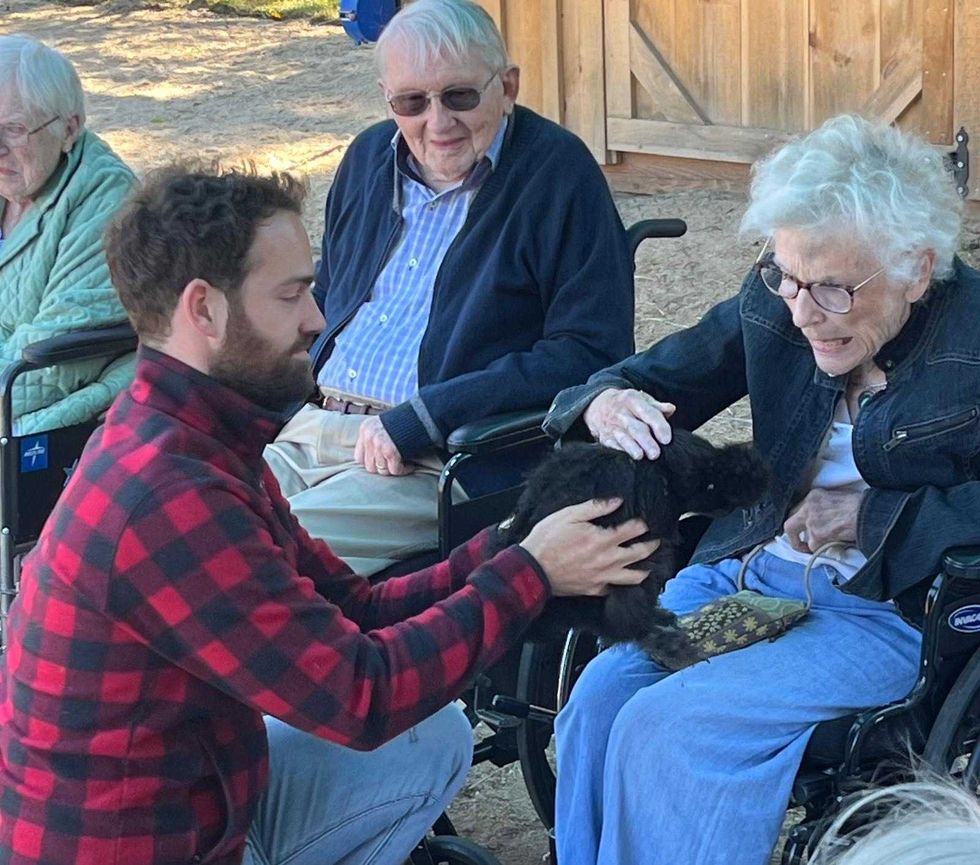 Weekly small-group sessions with seniors at Le Petit Ranch stimulates cognitive function and improves motor skills.Marjorie Borreda
Weekly small-group sessions with seniors at Le Petit Ranch stimulates cognitive function and improves motor skills.Marjorie Borreda

